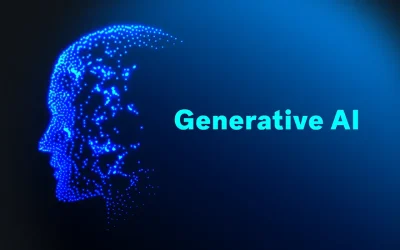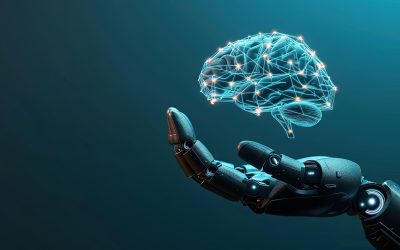In today’s world of cutting-edge technologies, implementation of image processing techniques has become a crucial part for many tech organizations, regardless of their volume and field of operation. Acquisition of instant information has become possible because of the advancements taking place in the domain of the internet. Image processing is already being used by a diverse range of companies and it holds a huge potential of wide adoption in the future. But before delving into its future implementations, let’s have a quick look at what the technology is all about.
Image processing technology
So what is image processing? Digital image processing refers to the process of recognizing, making algorithmic enhancements and manipulating a digital image. In general, the technology deals with images that are two-dimensional entities (like satellite pictures, scanned documents etc) captured electronically. In the process, multiple computer algorithms are used by developers to solve different tasks. Here is some image processing examples: image detection, analysis, restoration, image data compression, enhancement, analog image processing, and estimation, among others.
Future scope
Image processing technology extracts information from images and integrates it for a wide range of applications. Here, we’ve outlined the most prominent fields where image processing could bring significant benefits.
In production automation
Image processing applications can make it possible for machines to act as more self-sufficient and ensure the quality of products. Assuming processing systems work faster than humans, inline quality controls like 100% controls can be very quickly implemented. Damaged parts can be replaced or corrected, which would lead to more efficacies of production facilities. With the help of advanced image processing technologies, even an entire production facility can be managed.
In agricultural landscape
Key concerns in agriculture include quality of yield and water stress. Irrigation monitoring and providing information can be made possible by tracking satellite imaging of the fields. Processing of infrared images can act as an additional means to monitor and analyze irrigation. This analysis can then be utilized in pre-harvesting operations for deciding whether to harvest or not. Growth of weeds can also be detected by using a combination of machine learning and image processing algorithms and techniques. Quality of yields can be ensured by the reliable and accurate method of image processing through sorting and grading of fresh products.
Biomedical and other healthcare applications
3D imaging is a process where a 2D image is converted into a 3D image by creating the optical illusion of depth. The next step is rendering where colors and textures are included in the 3D model to make it look realistic. With such 3D imaging and rendering, doctors can see extremely high quality 3D images of organs that they couldn’t have seen otherwise. This, in turn, can help them carry out delicate surgeries and make accurate diagnoses.
Disaster management
Drone aircrafts monitoring environmental and traffic conditions can use image processing to capture high resolution real-time videos and photographs. In case of natural or other disasters like flood, earthquake, fire etc, knowing which disaster-struck areas the authorities need to focus upon can help save lives by reaching quickly to those trapped and bring them out safely. Even monitoring the progress and ensuring co-ordination during such rescue operations can be made easier with real-time image processing techniques.



